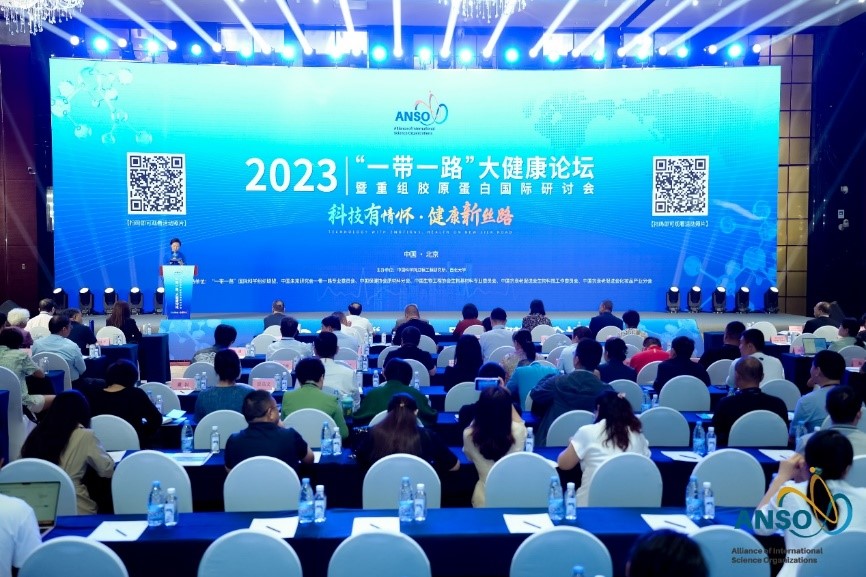A Chinese expert proposed Tuesday to a panel of energy ministers here that building energy interconnection in Asia is an inevitable way forward to promote energy transition and realize clean development.
The key to promoting energy transition in Asia lies in the massive development of clean energy and distribution of it, but the discrepancy in energy consumption and distribution decides that building energy interconnection in Asia is our way forward for a cleaner and better future, said LIU Zhenya, chairman of Global Energy Interconnection Development and Cooperation Organization(GEIDCO) at a high-level panel discussion of Commission on Energy, United Nations Economic and Social Commission for Asia and the Pacific.
Over reliance on fossil fuels caused resource constraints, environmental pollution and climate change that we are facing now, said Liu, adding that the most effective solution was to develop low carbon and even zero carbon energy.
Clean energy resources are very abundant globally, a mere 0.05 percent of them could meet the total global demand now, but these clean energy resources are not evenly distributed with most resource-rich areas being far away from load centers, thus long-distance power transmission are needed.
Coal accounts for 53 percent of energy consumption in Asia, much higher than world's average level of 24 percent, which caused air pollution and high level of carbon emission, Liu said.
Asia's Sulfur dioxide makes up for 49 percent of world's total emission, while its nitrogen oxides, pm 2.5 and carbon dioxide make up for 39 percent, 59 percent and 54 percent respectively.
Asia's energy demand is still growing rapidly, said LIU, and more than 500 million Asian people still do not have access to electricity, accounting for 43 percent of the world's total.
LIU concluded that the massive development of clean energy and energy interconnection can be the solution to these problems.
He proposed a layout for the Asian energy interconnection, a "1+5" pattern comprised of grids from China, Northeast Asia, Southeast Asia, South Asia, Central Asia and West Asia which aims to accelerate the development of clean energy in northern China, Mongolia and Russia and transmit electricity to eastern China, South Korea and Japan, and speed up power grid construction in South Asia and Southeast Asia and regional interconnection to accommodate clean energy from China, Central Asia and West Asia to meet the demand in India, Pakistan, Bangladesh and Southeast Asian countries.
Conditions are ripe for building Asian energy interconnection, said LIU, adding that as technologies of Ultra High Voltage and smart grid are becoming more mature, renewable energy is becoming increasingly cost-efficient and Paris Agreement, which came into effect last November, has created a favorable political environment for global energy interconnection.
Governments should adopt incentives and policies for the development of clean energy and the building of the energy interconnection while international organizations and research institutes should further study the construction plans of large-scale energy bases in Asia, grid interconnection design and key technologies and equipment and enterprises should work together to implement the project, Liu urged.
We should develop clean energy and strengthen energy interconnection right now, said Hayk Harutyunyan, deputy minister of Armenian Ministry of Energy Infrastructure and Natural Resources, adding that political issues should not hamper the process of energy interconnection.
"We should accept the common sense that energy cooperation is the key to sustainable growth," Harutyunyan said during a panel discussion.
"More advanced technology today allows us to be integrated to a bigger picture than before, so I do think energy interconnection will benefit us, and in the long term, we need to do it anyway," said Areepong Bhoocha-Oom, Permanent Secretary of Thailand's Ministry of Energy.
According to GEIDCO, Asia's cross-border power grid interconnection is lagging behind as such interconnection layouts have already been formed in Europe and North America.
GEIDCO was initiated and founded in Beijing in March 2016 with the mission to promote global energy interconnection to facilitate efforts to meet global power demands with clean and green alternatives.
The Commission on Energy of United Nations Economic and Social Commission for Asia and the Pacific was established in 2015 and the high-level panel is the first session of the commission. (China Daily)
 Search
Search




 京公网安备110402500047号
京公网安备110402500047号